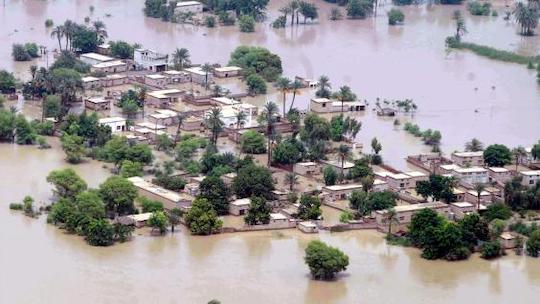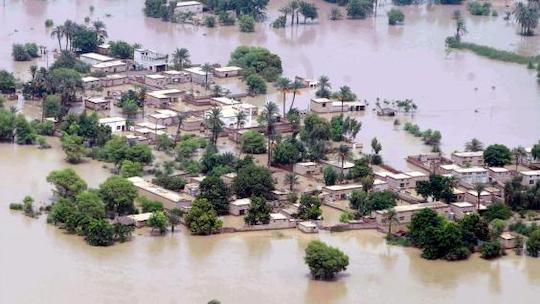HOUSTON – (Oct. 19, 2022) – The international community must prepare for “climate change refugees” — displaced either within their home countries or across borders — experts from Rice University’s Baker Institute for Public Policy argue in a new report.
By 2050, up to 216 million people across the globe could be forced to move within their countries due to the onset of climate crises such as water scarcity, lower crop yields and rising sea levels, according to the World Bank’s Groundswell report. Additionally, about 3.3 billion to 3.6 billion people are living in countries with high human vulnerability to climate change, according to the 2022 United Nations Intergovernmental Panel on Climate Change report.
The report, authored by Kelsey Norman, Pamela Lizette Cruz, Ivonne Cruz and Ana Martín Gil, examines how climate refugee policies vary throughout the world and investigates the possible pathways to ensuring migrants’ legal protection. Currently, those forced to move due to the effects of climate change aren’t protected by international law or by the domestic policies of most receiving countries.
“Individuals who migrate due to climate change impacting their livelihood or safety are not entitled to protection under the 1951 Refugee Convention and its 1967 protocol, which form the backbone of most asylum systems worldwide,” the authors wrote. “Many argue that opening the U.N. Refugee Convention and revising the definition of who classifies as a refugee could result in an even narrower definition given today’s highly politicized climate.”
The report highlights that the Global South hosts more than 80% of the world’s refugees, yet those countries will be the ones most impacted by climate change and have fewer economic and technological resources to apply mitigation techniques.
The sheer number of people who could be affected means the international community must prepare now, the authors argue.

“Historically, migration has been a mechanism of societies to respond to climate stress. While migration is not usually the first adaptive response to climate change, it can become a necessity when other means of adaptation — such as selling crop yields or livestock — become insufficient, and individuals can no longer rely on their governments for assistance or are unable to support themselves or their families,” they wrote.
The United States, for instance, does not have a federal framework to address climate-induced displacement, but will sometimes enact provisions for specific nationalities of migrants wishing to stay in the U.S. due to an environmental disaster in their home country. These options though are temporary and apply only to people already in the U.S.
In February 2022, President Biden signed an executive order directing the national security adviser to draft a report on climate change and its impact on migration. The report provided an overview of the current protection landscape for individuals displaced by climate change and policy recommendations for the U.S. government, but it has not yet resulted in any changes.
“Moving forward, whether at the international, regional or individual country level, it is important that collective efforts include climate-resilient policies and responses that are inclusive and provide targeted investments and developmental assistance for the countries and regions most impacted by climate change,” the authors wrote.

